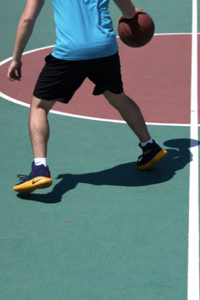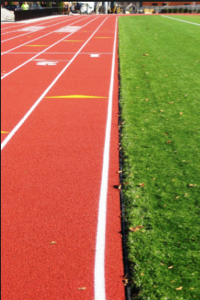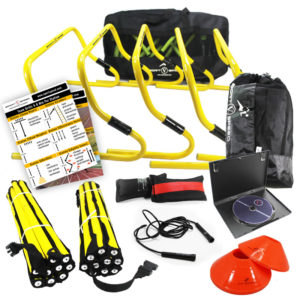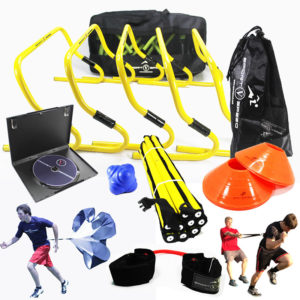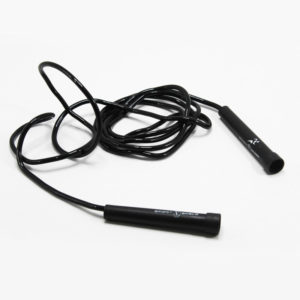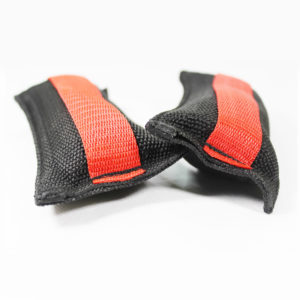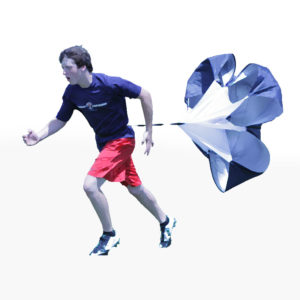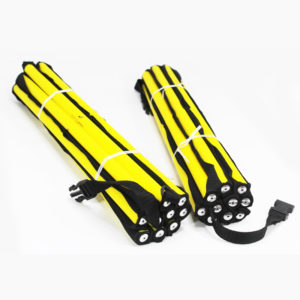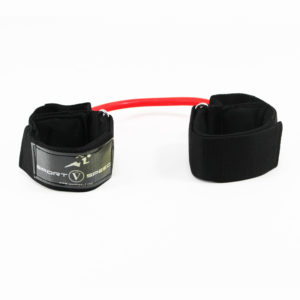Volleyball
VOLLEYBALL EVOLUTION TO A GAME OF SPEED AND AGILITY
Volleyball is an exciting sport to watch because of the players amazing display of volleyball speed and agility. The action is non-stop from the time the ball is served until the last touch by a player from either side. But did you know that volleyball was invented as a sport for older people?
Because of the popularity of volleyball today, no one would think that when William G. Morgan created the sport in 1895 he intended it for men who were too old for the newly invented game of basketball. Volleyball speed and agility requirements were so different from fast-moving sports so it was really suited for men who were older.
The Growth of Volleyball
Volleyball took its form from two different sports: tennis and basketball. There were no prior sports similar to volleyball, so Morgan adapted the net of tennis and raised it higher. He also experimented first with a basketball bladder and the actual basketball for use in volleyball. Because these balls were not ideal for the game of tossing a ball back and forth, he commissioned the help of the company A.G Spalding and Bros to design a ball that would be more appropriate for the game.
The object of the game was simple: keep the ball afloat over the net by “volleying” it back and forth. Because it was meant to be a recreational sport, any number of players could enter the court and play. After a few demonstrations in front of several directors of physical education of the YMCA, a group was convened to pen the rules of the game and how it could be promoted as a recreational sport.
One of the first innovations of volleyball was the change in names, from “Mintonette” to “Volley Ball”. A slight modification in the name was made in 1952 when the name became just one word: Volleyball. After its inclusion in the sports programs of the YMCA, volleyball’s popularity spread beyond the shores of the US. By the turn of the 20th century, the game was being played in Asian countries like the Philippines, Japan, Burma, India, and China, as well as in countries in South America, Europe, and Africa. Since then, volleyball has been one of the most popular sports played all over the world.
Volleyball Speed and Agility Today
If the pioneers of volleyball were still alive today, they would find it hard to recognize the game that they first played. Today, it is an awesome demonstration of volleyball speed and agility. From the early beginnings of simply hitting the ball over to the opponent’s court, volleyball has become a competition of lightning-fast spikes, hard service, and explosive digs. The level of competition has become so high that specialized volleyball speed and agility training is needed.
Stretching
Stretching is one of the most basic volleyball agility drills that a player can practice. It allows the body to warm up before the actual game. It helps lengthen the muscles, avert soreness, and prevent injury.
Aerobic Training
Endurance is essential to every volleyball player. With games being played in 5 sets, all players must be prepared physically and mentally to fight a hard battle that could last for hours. Volleyball speed workouts for stamina-building include jogging and sprinting, and exercises like fast feet, high knees, side hops, and squat jumps.
Quick-reaction drills
Volleyball players must develop instinctive reaction in order to play efficiently in both offense and defense. Timing, balance, and coordination are needed by a player when spiking the ball. He also must have tremendous volleyball speed and agility in order to dive for the ball, jump to block the opponent, and pass the ball to a teammate to set up a play. The use of specialized volleyball speed and agility equipment helps players move on their feet nimbly and act decisively.
There are other volleyball speed and agility trainings that players can perform to bring their game to another level. Constant practice and total dedication to the game are keys to championship performance worthy of the volleyball predecessors’ pride and admiration.


